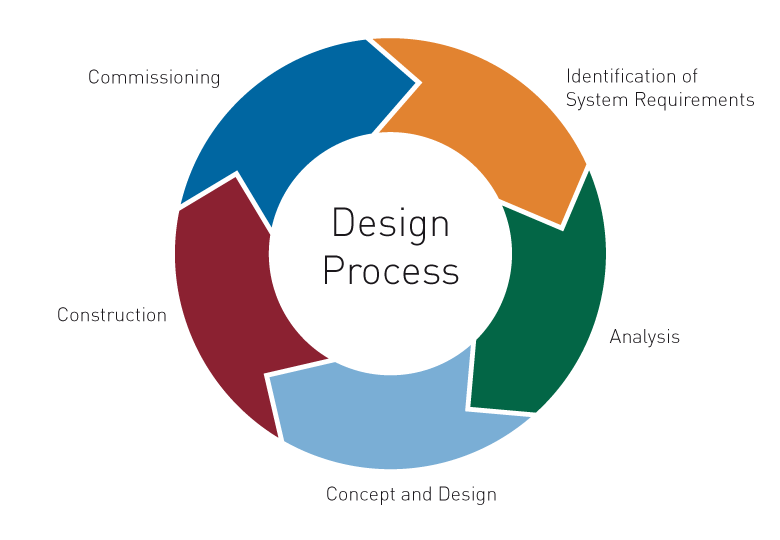Background
Human Factors is a scientific field focusing on the relationship between people, technology and organisation in order to make sure that services and products are produced in a safely and effective manner. Human Factors as such is an interdisciplinary field encompassing various topics for example psychology, technology and engineering sciences, as well as sociology, organisational and management theories. Therefore, Human Factors can best be described as encompassing everything from ergonomic issues related to the design of systems and displays to complex relationships between management’s way of communicating its objectives and how it is propagated in the organisation affecting normal work in the organisation. Even though people no longer are considered to be the direct causes of why accidents occur, they still play a role in how a system may collapse and subsequently how a system can recover from the disturbance(s). This is simply because the human is an indispensable part of all complex systems. Previously the focus was on the human role at the sharp-end, whereas it now has become clear that the human role is also of importance at the blunt-end and ubiquitously anywhere in between. People are involved already from the beginning of a design project and the human role must be considered at all levels, from the initial design to maintenance, including commissioning, inspection, regulations and decommissioning to the operation of a system.
Our Approach
The application of Human Factors to the design and development of systems is often called Human Factors Engineering. Human Factors Engineering is a “sociotechnical” engineering approach to systems design since complex technological systems, involving people, are critically dependent on the organisational and social context in which it operates. The development stages, and the associated project risks, in development of complex technical systems can be generalized to:

For all of the development stages the Human Factors Engineering approach can be utilized. The general design process for Human Factors Engineering projects can be described as follows:
However, any client requirement to follow a specific design standard process, for example NORSOK 2-002, can be utilized if requested.
Benefits
Organisations in high-risk industries that successfully incorporate the Human Factors Engineering approach will enjoy benefits to productivity and to health, safety and the environment. Effectively embedded within a business, Human Factors Engineering enhances the organisations operational performance by:
- reducing errors, accidents, injuries, spills and near misses,
- improving human-system performance in operations and maintenance,
- increasing the acceptability and usability of human-system-interfaces,
- improving efficiency, increasing reliability and reducing downtime,
- assuring competency of the workforce,
- improving recruitment, retention and creativity,
- reducing costs of training, maintenance and modification,
- optimizes manpower to reduce OPEX,
- life cycle costs and benefits, and
- enable and facilitate organisational learning

